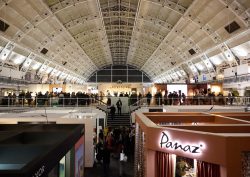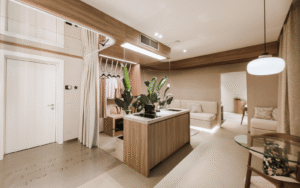As part of the HIX Talks programme, Hamish Kilburn, Editor, Hotel Designs, will moderate a panel exploring the rise of hotel members clubs. Ahead of the event’s return on November 17 – 18, Kristofer Thomas, Head of Content at HIX, explores how these clubs can facilitate the growth of organic hotel communities by leveraging membership models and experiential design…

Be it on a global or local scale, the driving force behind modern hospitality is a sense of community. Today’s guests want to feel like they are part of something, not just temporary strangers passing through, and operators are increasingly recognising the need to facilitate organic connections between people and the hospitality spaces that welcome them. It is this connection, after all, that turns a one-off stay into a repeated customer, and long-term loyalty can ultimately produce both commercial and cultural currency.
Likewise, extending a hotel’s reach beyond four walls has become a necessity for those seeking to stand out in an ever-crowded sector, and in the wake of the pandemic’s disruption, there has emerged a gap in the market for a space that operates between work, play and life. The rise of communal facilities that reconsider short-term shelter as places of community makes perfect sense then, and the surge of members clubs within hotels might just be the ideal platform for this resonant third space.

Image credit: Sir Hotel Joan, Ibiza
Indeed, if the colossal entertainment, media and technology markets are anything to go by, the future of brands is built on subscription and membership models. Products that can be accessed from anywhere, encourage repeat usage with constantly updated programming, connect users either in-person or through digital forums, and allow subscribers to self-curate these assets to an extent, all eschew the purely transactional in favour of something more consistent, engaging and meaningful.
The hotel sector is no different. Hotel members’ clubs that allow guests to engage with the property beyond the limits of a physical stay are the foundations of this surge, but the cultivation of consistent guest communities who regularly engage with both each other and the clubs themselves is perhaps the most important factor.
“The hotel sector is evolving as the demands of guests have changed,” says Naomi Heaton, CEO of The Other House South Kensington, who will be speaking as part of the Hotel Designs moderated panel Members Only at HIX 2022. “We have seen people wanting to live like a local, rather than being treated as a transient hotel guest, and we have seen greater value being put on placemaking, new experiences and spaces which offer flexibility.
“Members’ clubs create a sense of community that guests can readily engage with,” she adds. “They offer a place to work, socialise or relax in and are embedded into local culture through shared values and events, bringing together other local members who live and work in the area.”
But this model is not solely the domain of local neighbourhood clubs. Indeed, scaling up a member’s club to encompass experiences around the world can allow guests to stay loyal and engaged even whilst travelling. Opened last year at Barcelona’s Sir Victor, The Cover is Sircle Collection’s first foray into the members club market, and features a private club and gym, co-working space, library, podcast studio and event spaces for use by members. Crucially, however, are plans to roll out additional clubs in Amsterdam, Berlin and Vienna, as well as the ability of members to access all locations.
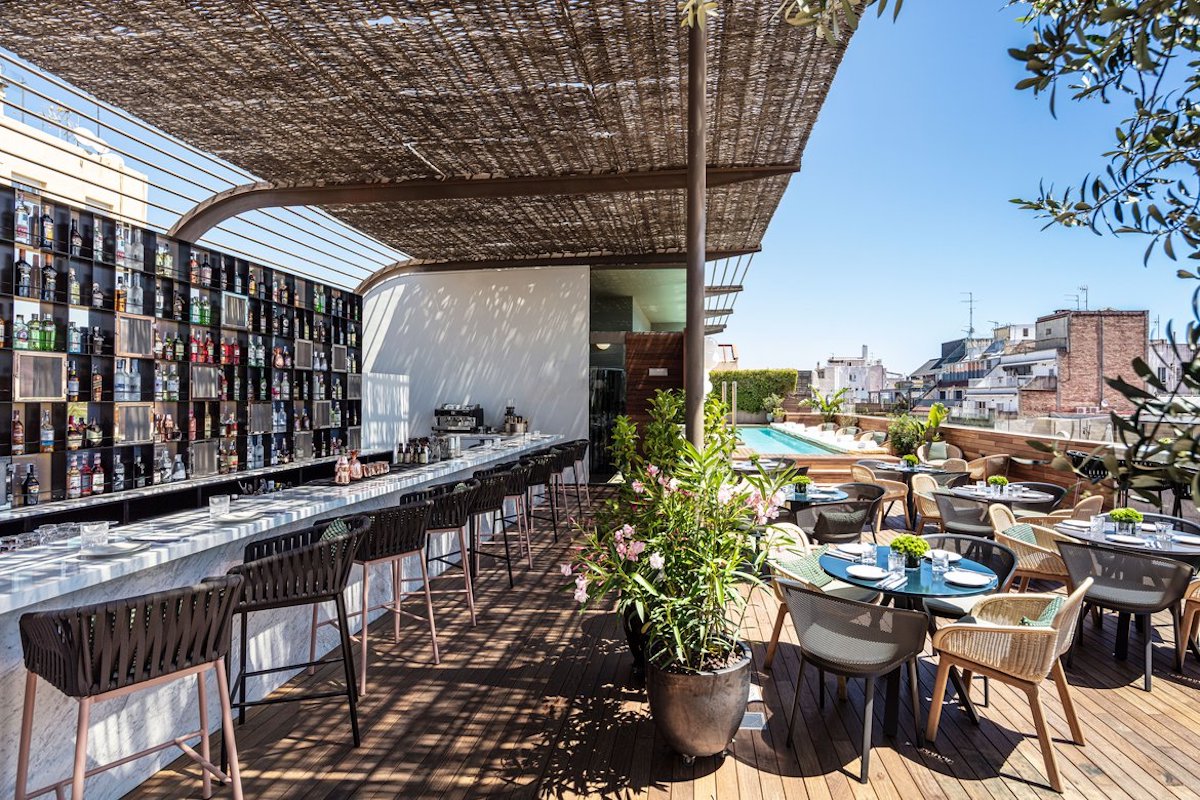
Image credit: Sir Victor Hotel, Barcelona
Indeed, if guests have access to a wide network of these clubs they might never need to stray beyond the brand’s remit. Similarly, even when venturing far away from their known locale they will be able to find something familiar. For the influx of travelling digital nomads and newly minted laptop entrepreneurs, this networked approach will likely come to form a key resource. Representing Sircle Collection and The Cover at HIX will be Myriel Walter, the brand’s Global Director of Culture & Membership, who will share the journey of The Cover from inception to launch, and how the group curates cohesive communities under the banner of hospitality experience.
Experience, however, can only carry a club so far, and it is the job of designers to both give this community form and differentiate the club portion sufficiently from the wider hotel. Members, after all, will not wish to pay extra for access and programming alone, and if there is no difference between the property and its exclusive inner circle, then the subscription fee may face scrutiny. Spatial variety – as in locating the club element away from the main offer – is a start, and some sort of visual signifier in the vein of FF&E that is exclusive or bespoke to the club can set this tone.
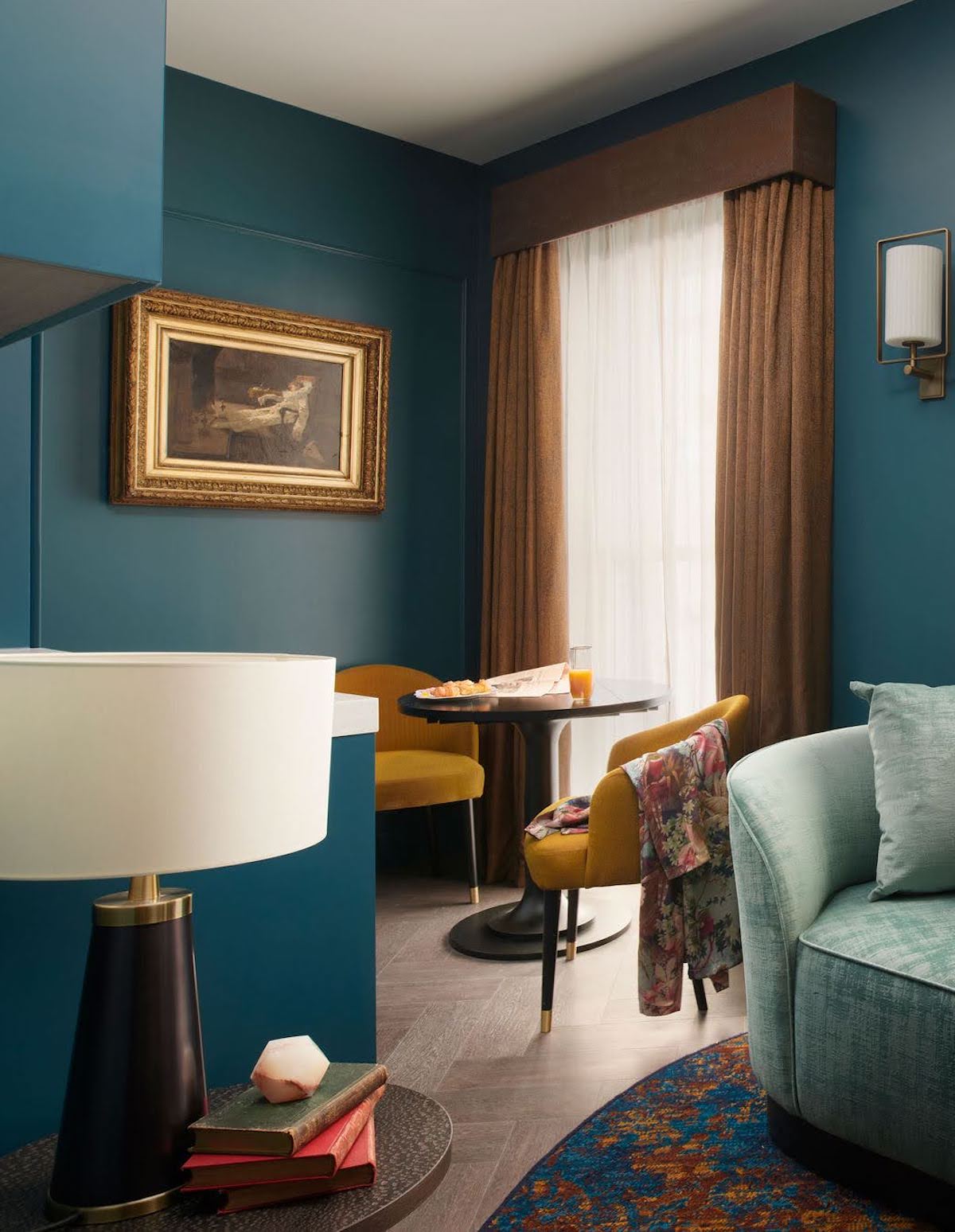
Image credit: The Other House South Kensington
But perhaps exclusivity is not always the ideal state for these environments. Yes, the presence of a membership model implies some degree of privacy and a restrictive door policy, but bridging the club with the wider hotel via design could be mutually beneficial to both elements. With a continuous aesthetic bridging the two sections, standard guests are given a taste of what they will gain with a subscription without feeling second rate, whilst paying members are made to feel like they are part of a community as opposed to a clique.
“We wanted to create flow and cohesion between all rooms and looked at the project as a whole rather than separate parts,” explains Natalia Miyar, the designer behind London’s The Twenty Two and the third member of the Members Only panel. “There are a lot of signature touches which you can see across the whole hotel, this is what brings the design together as a coherent style statement… I think guests and potential members are more discerning with each that year that passes; people want to see the newest thing and the latest trend, and an interior designer’s challenge is keeping ahead of them whilst creating something timeless that will last.”
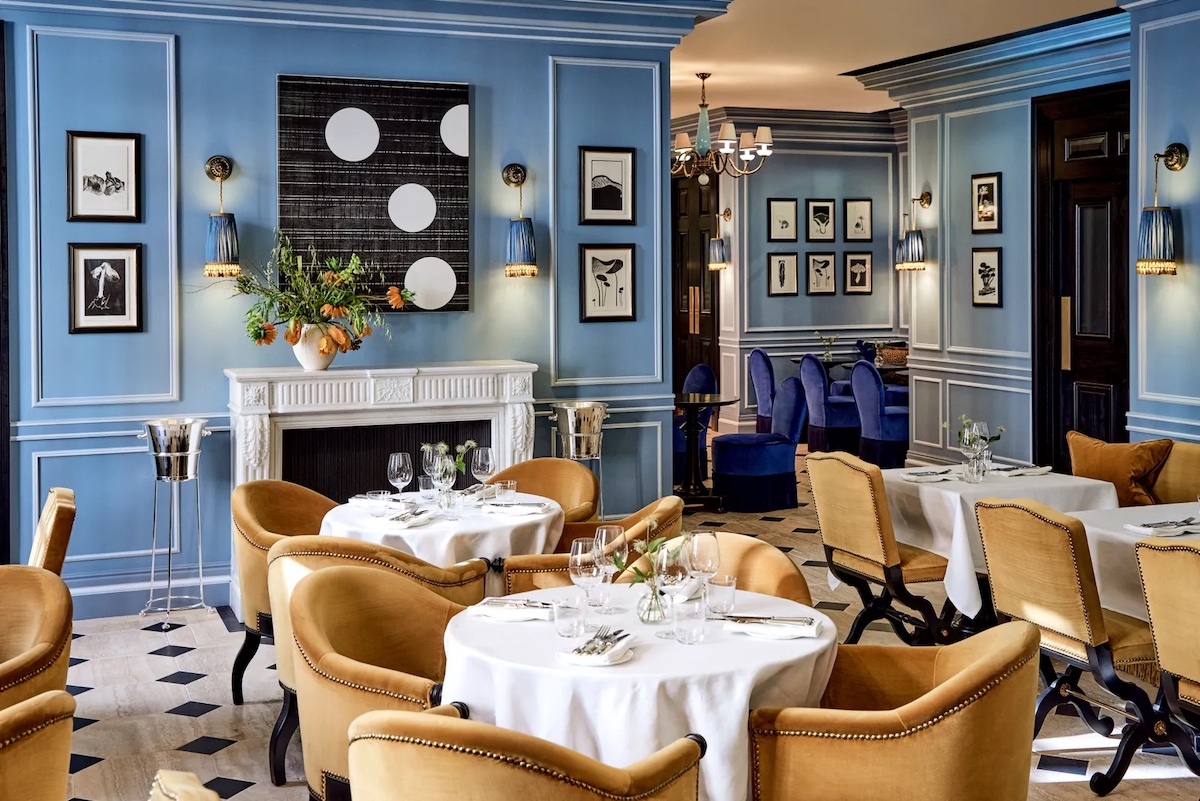
Image credit: The Twenty Two
In a market where genuine community is key, and consumers are seeking more personal resonance than a simple one-off transaction, the longevity of members club is an enticing prospect. It’s no surprise that major brands have invested so prominently in the launch of their own clubs, but the next step for this movement will be to find a means to develop these facilities organically and at larger scales without sacrificing the intimacy guests sign up for.
Want to hear what’s next for the hotel members club movement, and how can designers, operators, investors and suppliers can best prepare to work within this model? Come along to Members Only: Behind The Curtain of Hotel Members Clubs (17 November, 13:00pm) at HIX 2022 for the full story. Hotel Designs will be on Stand A63 throughout the show.
Main image credit: The Other House South Kensington






